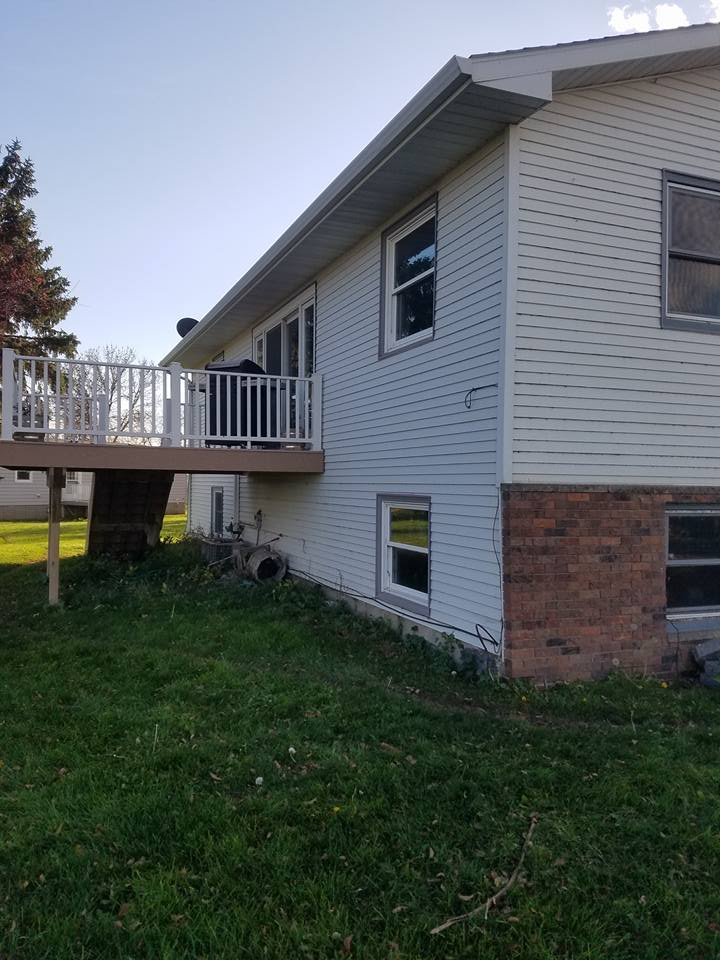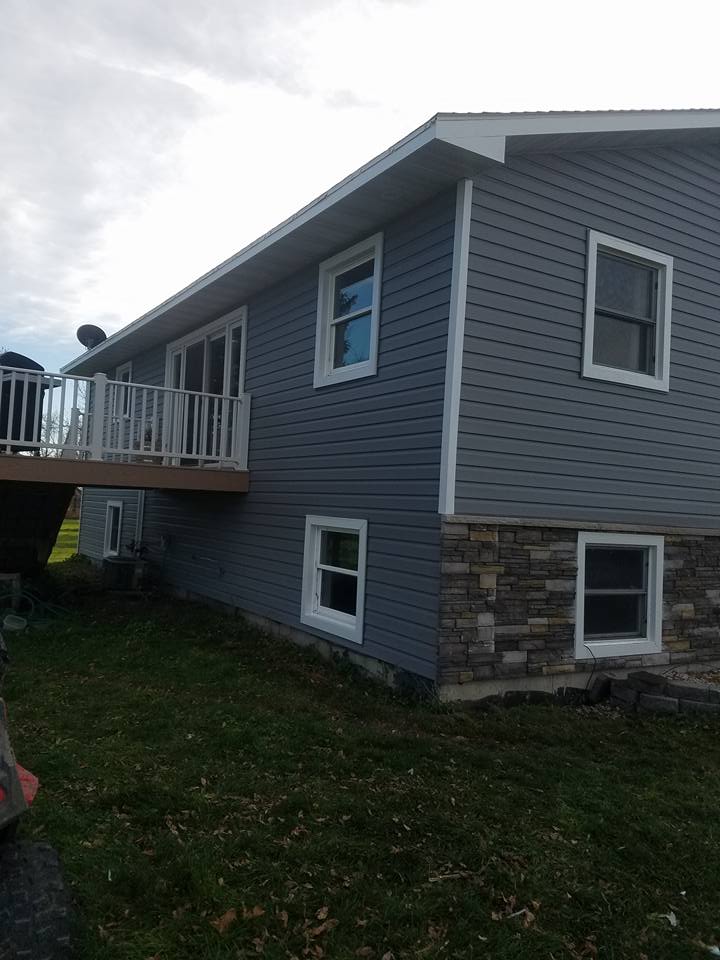SIDING
Keep Your Home’s Siding Looking Like New
Enhancing Curb-Appeal Since 1988
If you want to improve your home’s curb-appeal with new siding installation or repairs, Hanlon Construction
is here for you. Our team has been building a reputation for quality and personable work since 1988. Unlike a new coat of paint, new siding can refresh the appearance of your home and improve energy efficiency, especially in our weather. To schedule an estimate, call our family at 701-277-1171.
Seamless Siding
Seamless siding is known as one of the best investments that you can make for your home. Its durability is designed to protect and seal your home. The seamless or seam-free aspect means that each piece of the siding is precision cut to be tailored to your home. With no manufactured seams every few feet this option leaves a sleek finish to any home.
How Can Seamless Siding Protect My Home?
Withstands Extreme Weather
Protects Against Warping & Cracking
Can Handle Impact
Shields Home from Rotting
Is a Safeguard from Insects and Rodents


Steel VS. Vinyl
Siding
Steel and vinyl siding both have their pros and cons. Our team will work one-on-one with you and listen to your concerns to discover a solution for you and your home.
Vinyl
Vinyl is mostly composed of plastics, which will not rot or corrode over time. This trait also means that this is a durable option that can withstand heavy rain, hail and winds. Not only is it durable, but vinyl also supplies some of the most versatile color and style options. If you are looking for a cheaper material option, this may be the way to go!
Steel
Steel is one of the toughest materials out there. Not only is it a durable option for harsh weather, but it can also withstand hits from branches and other structures, especially compared to other options. This option requires little to no maintenance. You can be clean it with a hose or it is strong enough to take many pressure washings. Also, insects and rodents tend to stray away from steel siding. And it is a fire-resistant with a melting point of about 2,500 degrees Fahrenheit, well above the average house fire temperature.
BROWSE OUR WEBSITE
CONTACT INFORMATION
PHONE:
701-277-1171
EMAIL:
info@hanlonconstruction.net
ADDRESS:
355 Edgewater Dr West Fargo, ND 58078-4248
PHONE:
701-277-1171
EMAIL:
info@hanlonconstruction.net
ADDRESS:
355 Edgewater Dr West Fargo, ND 58078-4248
OUR LOCATION
Content, including images, displayed on this website is protected by copyright laws. Downloading, republication, retransmission or reproduction of content on this website is strictly prohibited. Terms of Use
| Privacy Policy




